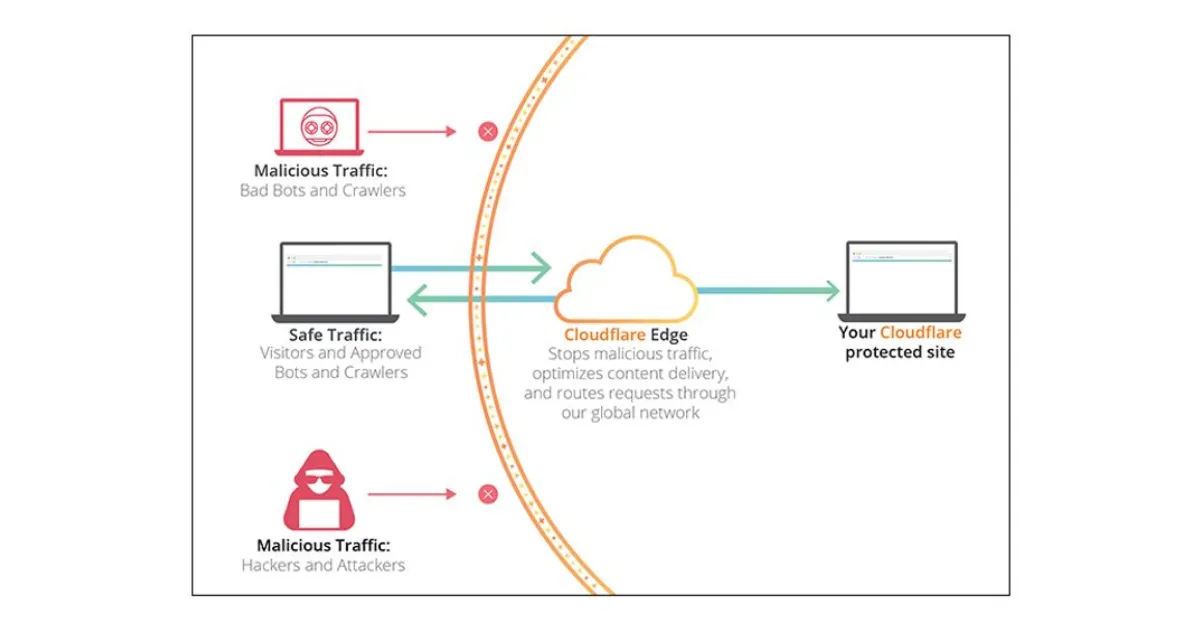⛰️ THE EDGE: MODERN INFRASTRUCTURE ⛰️
And no, I’m not talking about the Windows “Edge” browser! 😜
Key Concepts
First, let’s clarify two key concepts:
- SERVERLESS: It can be confusing because servers still exist physically. The difference? You don’t directly manage the infrastructure; it’s handled by a cloud provider, and you only pay for what you use.
- EDGE COMPUTING: Processing data at the “edge” of the network, as close as possible to the user, which greatly reduces latency.
Cloudflare Workers: Serverless Meets Edge Computing
Knowing this, we come across Cloudflare Workers, which leverage both serverless and edge computing.
Essentially, they’re a platform that lets you create tiny microservices to run code before it even reaches your main application. When you deploy these Workers, they’re automatically distributed across Cloudflare’s global network, ensuring users get the lowest possible latency.
They run on the V8 engine (the same one used by Google Chrome), spin up in milliseconds (almost no cold starts), and respond from the nearest server to the user, further minimizing latency. ⚡
🤔 Some Use Cases:
- 🚀 Serving static or dynamic content super fast.
- 🛰️ Filtering and redirecting requests before they hit your backend (perfect as an API Gateway).
- 💪🏻 On-the-fly image optimization or any content manipulation.
- 💥 Creating lightweight microservices with high availability and low latency.
💡 Web3 Use Cases:
- 🏃🏻 Faster DApps: Execute your application logic closer to users, speeding up load times and enhancing the experience for smart contracts.
- ⛓️ Token Verification & Security at the Edge: Add identity checks, signatures, or token validations without overloading your main network.
- 🌐 Instant Scalability: If your DApp goes viral, Cloudflare Workers distribute the load worldwide.
By running code at the edge, you can place your app or DApp right where your users are—saving costs, boosting performance, and embracing innovation. 🚀
